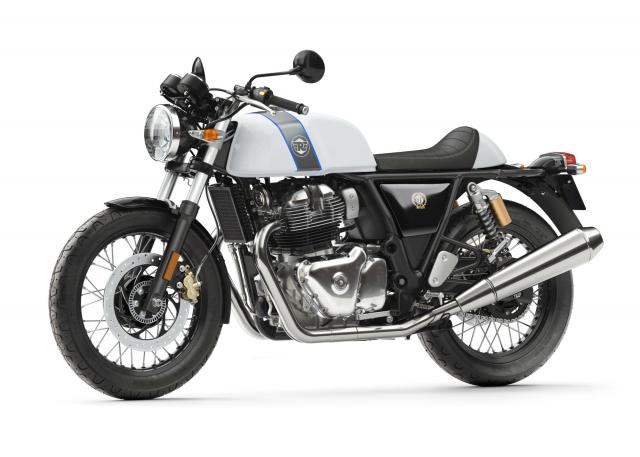Driverless car collides with motorcycle – and rider is blamed
A sign of things to come?

AUTONOMOUS vehicles will surely mean the end of blind-spot crashes, where a driver moves into a space not realising a motorcycle is doing the same?
Maybe. Or maybe not.
A motorcyclist was blamed for a collision with a driverless car in California which happened when the autonomous vehicle moved into a lane of traffic at the same time as the rider.
An accident report by the car’s maker, San Francisco-based Cruise Automation, says the self-driving Chevrolet Bolt was using the middle of three lanes when it detected a gap to its left. The driverless car began to move into the left-hand lane, only for the gap to shrink as another vehicle changed its speed.
As a result, the Cruise autonomous vehicle aborted the manoeuvre and moved back into the middle lane, just as a motorcycle was doing the same from the other side.
The motorcycle ‘glanced the side of the Cruise AV, wobbled, and fell over,’ the report says. The rider was able to walk away complaining of shoulder pain.
The motorcyclist had been lane splitting, or filtering as its referred to in the UK, immediately before the crash, on December 7th on a busy road in San Francisco. Although filtering is legal in California, the rider was deemed at fault by police for ‘attempting to overtake and pass another vehicle on the right under conditions that did not permit that movement in safety’.
The car had been travelling at 12mph and the motorcycle approximately 17mph, according to the report, filed with the California Department of Motor Vehicles and published on the government department’s website.
The report says: ‘The Cruise AV was traveling in the centre of three one-way lanes. Identifying a space between two vehicles (a minivan in front and a sedan behind) in the left lane, the Cruise AV began to merge into that lane. At the same time, the minivan decelerated. Sensing that its gap was closing, the Cruise AV stopped making its lane change and returned fully to the centre lane. As the Cruise AV was re-centring itself in the lane, a motorcycle that that had just lane-split between two vehicles in the centre and right lanes moved into the centre lane, glanced the side of the Cruise AV, wobbled, and fell over.’
It concludes: ‘The motorcyclist was determined to be at fault for attempting to overtake and pass another vehicle on the right under conditions that did not permit that movement in safety.’
Cruise Automation owner General Motors issued a statement saying: ‘At Cruise, we test our self-driving cars in challenging and unpredictable environments precisely because by doing so we will get better, safer AV technology on the roads sooner.
‘In this case, the motorcyclist merged into our lane before it was safe to do so.’

